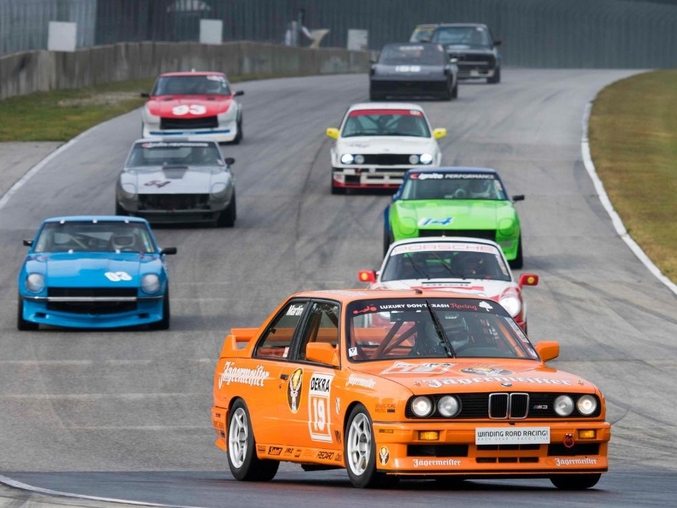Top Features
Speed Secrets: Setting HPDE Expectations
The story of two bad wrecks and how experience teaches that managing expectations is key for track days (and even more important for wheel-to-wheel racing).
French Artist Fills Potholes Across Europe with Mosaics
An anonymous artist known as Ememem, has been filling in street and sidewalk divots with striking geometric mosaics — colorful bursts of beauty amid the asphalt.






























